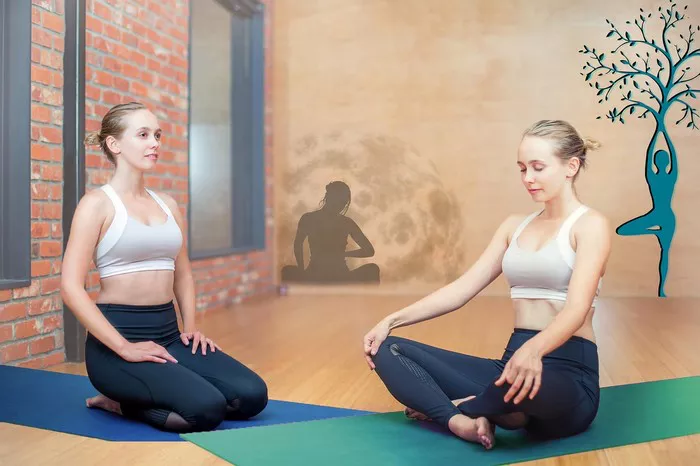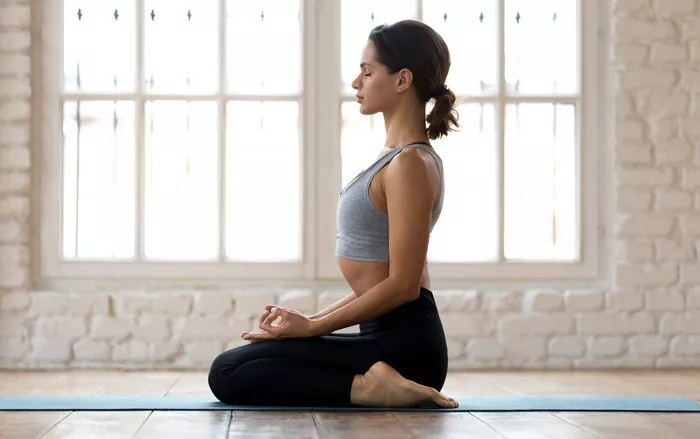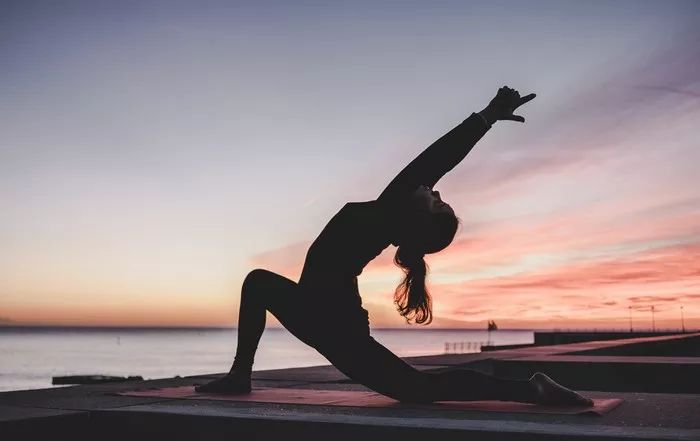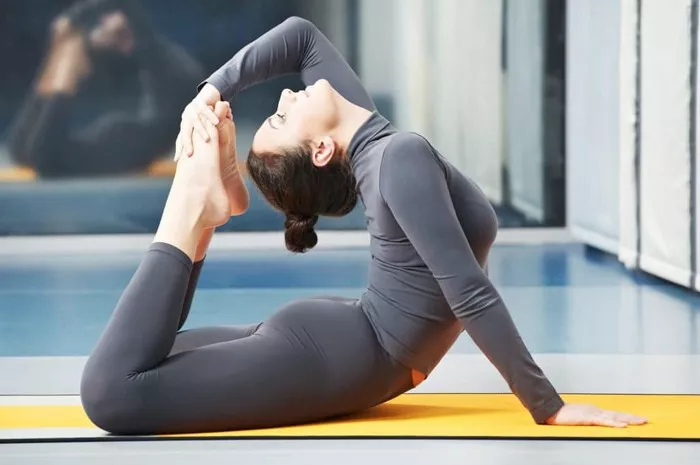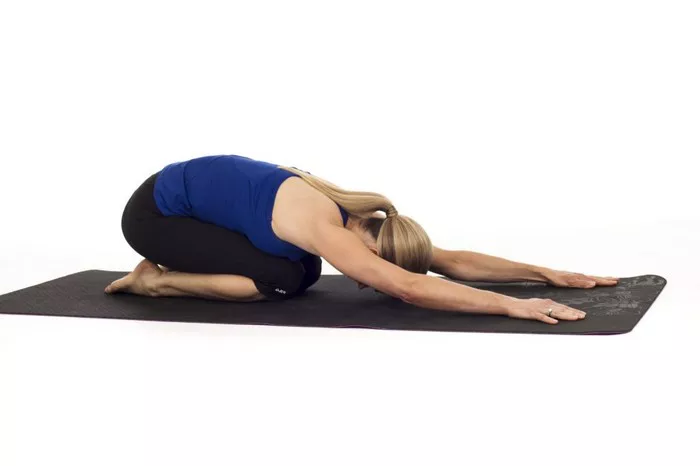Sciatica is a common condition characterized by pain, numbness, or tingling along the sciatic nerve, which extends from the lower back down to the legs. The pain can vary from mild to severe, and it often affects one side of the body. Sciatica is usually caused by a herniated disc, spinal stenosis, or piriformis syndrome, and it can make everyday activities difficult.
Yoga, when practiced with awareness and care, can be a wonderful tool to alleviate sciatica symptoms. However, not all yoga poses (asanas) are suitable for individuals suffering from sciatica. Some poses may exacerbate the pain, strain the lower back, or irritate the sciatic nerve. As a yoga instructor with years of teaching experience, it is crucial to understand which asanas are beneficial and which should be avoided when managing sciatica.
Understanding Sciatica
Before diving into which asanas to avoid, it’s important to understand what sciatica is and how it manifests. The sciatic nerve, the longest nerve in the human body, originates in the lower spine and runs down the back of each leg. When this nerve becomes irritated or compressed, it can lead to a variety of symptoms:
- Pain: Often felt as a sharp, shooting pain that radiates from the lower back through the buttocks and into the legs.
- Numbness or tingling: A sensation of “pins and needles” that may occur in the affected leg or foot.
- Weakness: Difficulty standing, walking, or performing certain movements due to muscle weakness in the leg or foot.
Sciatica pain can vary in intensity and duration, and it can be triggered or aggravated by specific movements, particularly those that put strain on the lower back, pelvis, or legs.
How Yoga Can Help with Sciatica
Yoga has many benefits for people with sciatica, including increasing flexibility, strengthening muscles, and improving posture. Through mindful stretching and strengthening, yoga can help reduce pressure on the sciatic nerve, relieve pain, and promote overall spinal health.
However, it is essential to approach yoga with care, especially when dealing with sciatica. Some asanas may put undue pressure on the lower back and hips, aggravating the condition rather than providing relief. Understanding which asanas are not suitable for sciatica is just as important as knowing which ones to incorporate into a practice.
Asanas to Avoid for Sciatica
Here are some common asanas that may not be suitable for individuals with sciatica:
1. Forward Bends (Uttanasana, Paschimottanasana)
Forward bends, such as Uttanasana (Standing Forward Bend) and Paschimottanasana (Seated Forward Bend), involve bending the spine forward, often stretching the hamstrings and lower back. While these poses are generally good for flexibility, they can put excessive pressure on the lower back and aggravate sciatica symptoms.
When the spine bends forward, especially with tight hamstrings, it can exacerbate the compression in the lumbar region, which is a common source of sciatica. In particular, those with a herniated disc or spinal stenosis may experience increased pain in these poses, as the forward flexion of the spine can cause further disc compression or nerve irritation.
2. Backbends (Urdhva Dhanurasana, Cobra Pose)
Backbends like Urdhva Dhanurasana (Wheel Pose) and Bhujangasana (Cobra Pose) involve deep extension of the spine and can lead to compression in the lower back if performed incorrectly. In cases of sciatica, especially when it is associated with a herniated disc or stenosis, excessive backbending can increase the pressure on the sciatic nerve, exacerbating pain and discomfort.
While some backbends are beneficial for improving spinal flexibility and strength, deep backbends like Wheel Pose should be avoided or modified for individuals with sciatica. These postures can push the lower back into hyperextension, which can irritate the sciatic nerve, particularly if the core muscles are not engaged to support the spine properly.
3. Twists (Ardha Matsyendrasana, Marichyasana)
Twisting poses such as Ardha Matsyendrasana (Half Lord of the Fishes Pose) and Marichyasana (Marichi’s Pose) involve rotation of the spine, which can be problematic for individuals with sciatica. When the spine is twisted, the muscles in the lower back are engaged in a way that may aggravate any existing compression of the sciatic nerve.
For people with sciatica, deep twists can increase strain on the lumbar region and hips, which may lead to intensified pain. It’s important to note that while gentle, modified twists can be beneficial for increasing spinal mobility, deep, forceful twisting can trigger discomfort and should be avoided.
4. Legs Behind the Head (Eka Pada Sirsasana)
Eka Pada Sirsasana (One-Legged Headstand Pose) is an advanced asana that requires balancing the body on the head with one leg extended behind the head. This pose places extreme pressure on the neck, back, and pelvis. For individuals with sciatica, especially those with severe lower back pain, this pose can exacerbate symptoms by compressing the spine and hip flexors.
Additionally, the deep flexion of the hip and spine in this pose can irritate the sciatic nerve, increasing the pain or causing a flare-up. As this is an advanced pose that requires significant flexibility and strength, it is not recommended for anyone suffering from sciatica.
5. Leg Lifts and Strengthening Poses (Navasana, Boat Pose)
Navasana (Boat Pose) and other poses that involve lifting the legs off the ground, such as leg lifts or Uttanpadasana, can strain the lower back, particularly in individuals with sciatica. These poses require core strength and stabilization to maintain the position, but if the lower back is not adequately supported, they can lead to further compression of the sciatic nerve.
In Boat Pose, for example, the hip flexors and lower back are heavily engaged to maintain the lifted position. If the hamstrings, glutes, and lower back muscles are not sufficiently strong or flexible, it may aggravate sciatica symptoms.
6. Pigeon Pose (Eka Pada Rajakapotasana)
Eka Pada Rajakapotasana (Pigeon Pose) is a popular hip-opening asana that targets the hip flexors and glutes. While this pose can be beneficial for releasing tension in the hips, it can be problematic for people with sciatica, particularly when performed with excessive depth or improper alignment.
In sciatica, the piriformis muscle, which is located deep in the hip, can irritate the sciatic nerve. Pigeon Pose stretches the piriformis, and for some people, this deep stretch may exacerbate sciatica symptoms, causing more irritation in the nerve. If performed with poor alignment, this pose can also place undue strain on the lower back and legs, making the pain worse.
7. Standing Forward Bend (Uttanasana)
Standing Forward Bend, Uttanasana, can be challenging for individuals with sciatica, especially when the hamstrings are tight. When you bend forward with tight hamstrings, the spine may round excessively, putting strain on the lower back and exacerbating sciatica pain. In these instances, it’s important to bend the knees slightly to avoid hyperflexion of the lower back and to use props like blocks or straps to modify the pose.
Modifications and Alternatives for Sciatica
While the asanas listed above may not be suitable for individuals with sciatica, many alternatives and modifications can be made to accommodate the condition. It’s important to listen to the body and avoid forcing any pose that causes pain. Here are a few modifications and alternative poses that are often recommended for sciatica:
- Gentle Stretching: Focus on gentle stretches for the hamstrings, hip flexors, and lower back. Poses like Supta Baddha Konasana (Reclining Bound Angle Pose) and Ananda Balasana (Happy Baby Pose) can help release tension without placing too much strain on the back.
- Child’s Pose (Balasana): A gentle resting pose that can help lengthen the spine and relieve lower back discomfort. This pose is a great way to release tension in the back without pushing the body into a deep stretch.
- Cat-Cow Pose (Marjaryasana-Bitilasana): This gentle flow between two positions (arching and rounding the back) can help increase spinal mobility and relieve tension in the lower back.
- Bridge Pose (Setu Bandhasana): A gentle backbend that strengthens the glutes and lower back muscles while lifting the hips. This pose can help alleviate pressure on the sciatic nerve and strengthen the muscles that support the lower back.
- Modified Downward Dog: By slightly bending the knees in Adho Mukha Svanasana (Downward Dog), you can relieve pressure on the lower back and hamstrings, making it more accessible for individuals with sciatica.
Conclusion
While yoga can be an effective way to manage and alleviate sciatica symptoms, it’s essential to approach it with mindfulness and awareness of your body’s limitations. Avoiding certain asanas that place undue pressure on the lower back, spine, or hips is crucial for preventing further irritation of the sciatic nerve. Always consult with a healthcare provider or a qualified yoga instructor when modifying your practice to ensure that you are taking the right steps to manage your condition safely.
Remember, each person’s experience with sciatica is unique, and what works for one individual may not work for another. By listening to your body and practicing with mindfulness, yoga can become a powerful tool in your journey toward relief from sciatica pain.
Related Topics:

